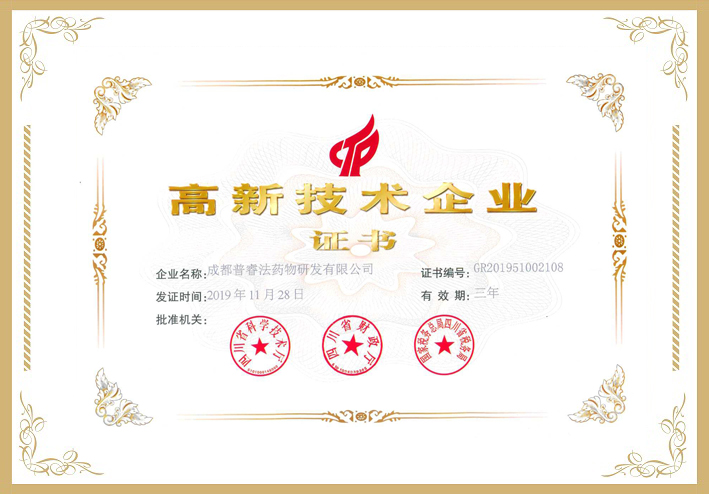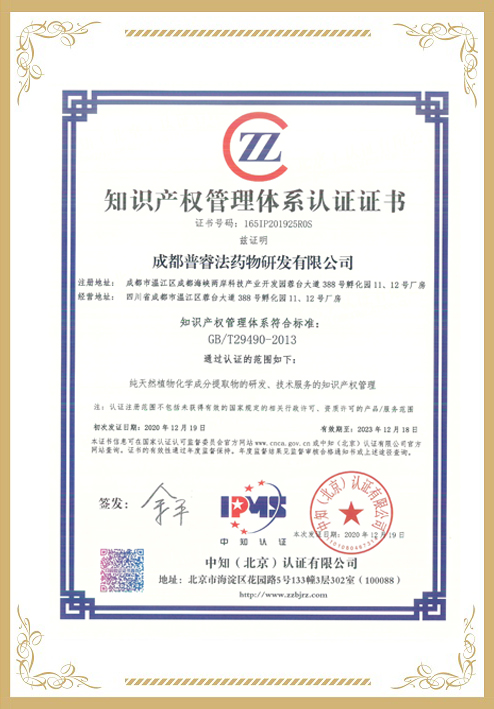Background. Chronic obstructive pulmonary disease (COPD) refers to a lung disorder associated with symptoms of dyspnea, cough, and sputum production. Traditionally, Yijin-tang (YJT), a mixture of Pinellia ternate, Poria cocos, ginger, Chinese liquorice, and tangerine peel, has been prescribed for the treatment of respiratory system diseases caused by dampness phlegm. This experiment investigated the therapeutic effect of YJT in a mouse model of cigarette smoke (CS)- and lipopolysaccharide (LPS)-induced COPD. Methods. COPD was induced by exposing mice to CS for 1 hour per day for 8 weeks, with intranasal delivery of LPS on weeks 1, 3, 5, and 7. YJT was administered at doses of 100 and 200 mg/kg 1 hour before CS exposure for the last 4 weeks. Results. YJT significantly suppressed CS- and LPS-induced increases in inflammatory cell counts and reduced interleukin-1 beta (IL-1β), IL-6, tumor necrosis factor-alpha (TNF-α), and monocyte chemoattractant protein-1 (MCP-1) levels in bronchoalveolar lavage fluid (BALF) and lung tissue. In addition, YJT not only decreased airway wall thickness, average alveolar intercept, and lung fibrosis, but it also suppressed the expression of matrix metallopeptidase (MMP)-7, MMP-9, and transforming growth factor-B (TGF-β) and collagen deposition. Moreover, YJT suppressed phosphorylation of nuclear factor-kappa B (NF-κB) as well as expression of cyclooxygenase-2 (COX-2) and inducible nitric oxide synthase (iNOS). Conclusion. Collectively, our findings show that YJT attenuates respiratory inflammation and airway remodeling caused by CS and LPS exposure; therefore, therapeutic applications in COPD can be considered.























